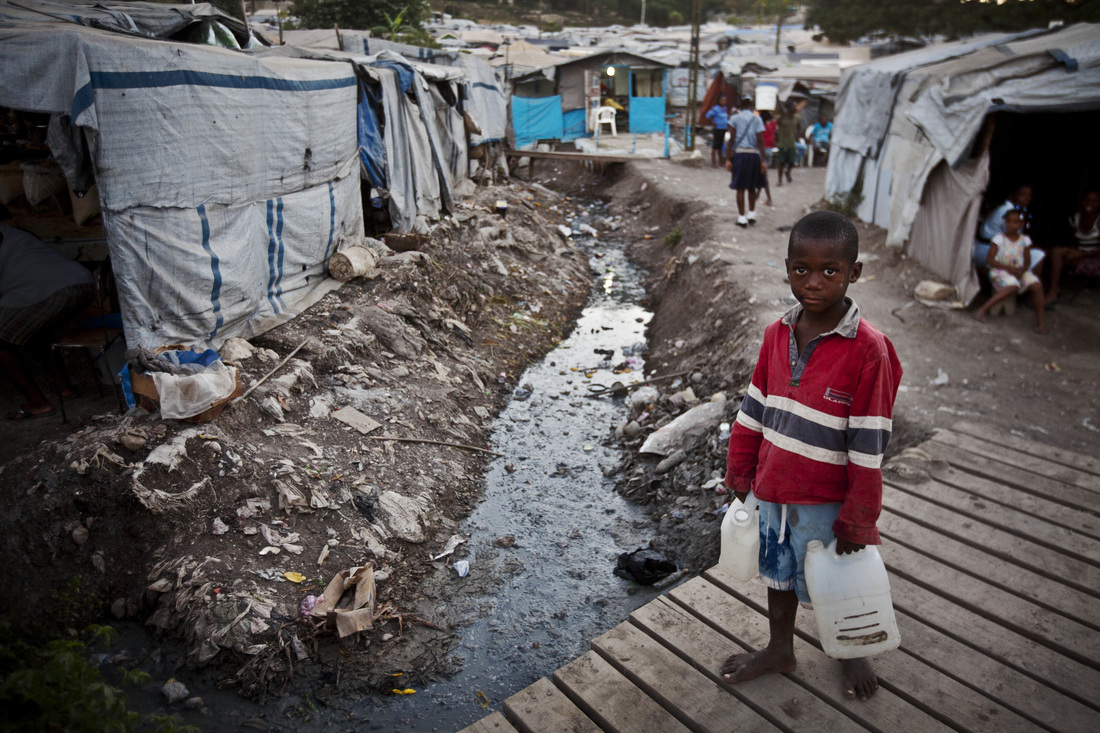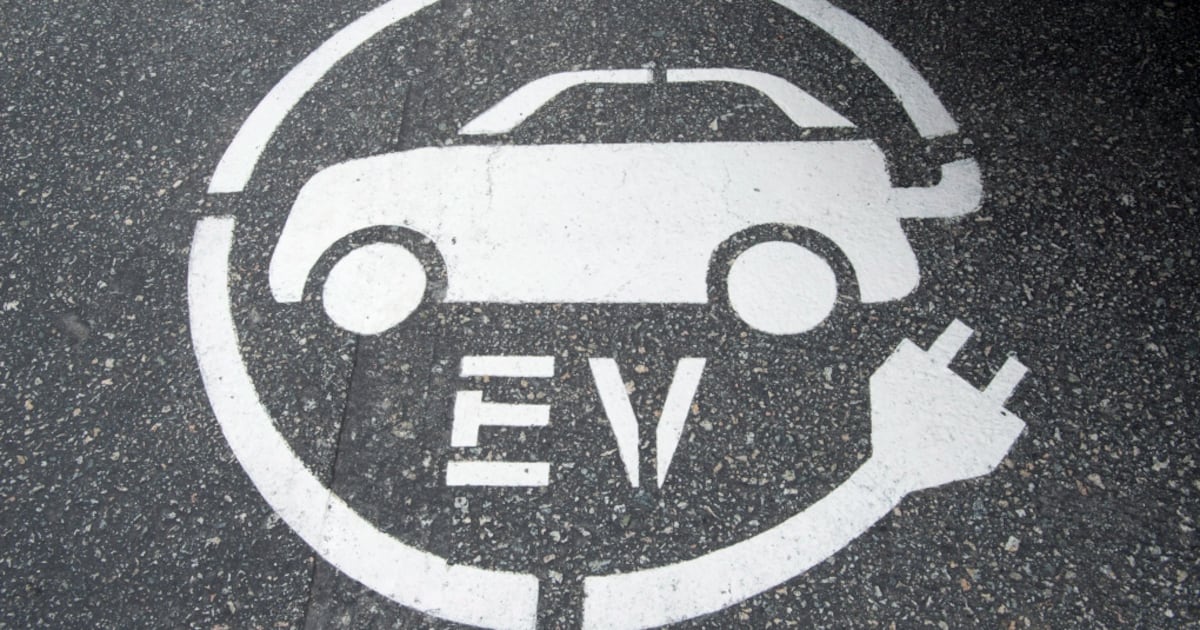Flash Flood Emergency: Causes, Impacts, And Mitigation Strategies

Table of Contents
Causes of Flash Floods
Several factors contribute to the occurrence of flash floods. Understanding these causes is the first step in effective mitigation.
Intense Rainfall
Heavy rainfall, particularly in a short period, is the most common cause of flash floods. When the rate of rainfall exceeds the capacity of drainage systems – natural or man-made – water accumulates rapidly, leading to overflowing rivers, streams, and storm drains.
- Thunderstorms: Intense, localized thunderstorms can dump massive amounts of rain in a very short time, overwhelming even well-designed drainage systems.
- Monsoons: Seasonal monsoon rains, while often beneficial, can also produce intense downpours leading to flash flood events, especially in poorly drained areas.
- Hurricanes and Typhoons: These powerful storms bring torrential rainfall and strong winds, which can exacerbate flooding and cause significant damage.
- Soil saturation and topography play a significant role. Already saturated ground cannot absorb additional rainfall, increasing surface runoff and the likelihood of flash flooding. Steep slopes further accelerate this runoff, concentrating the water flow into channels and exacerbating the flood's intensity.
Dam Failures
The catastrophic failure of a dam can trigger a sudden and devastating flash flood downstream. The massive release of water overwhelms river systems, causing widespread destruction in a matter of hours.
- Structural Weaknesses: Aging infrastructure, poor construction, or inadequate maintenance can compromise a dam's integrity, leading to failure under extreme conditions.
- Extreme Weather: Heavy rainfall, earthquakes, and other extreme weather events can overstress dam structures, causing breaches or collapses.
- The downstream impacts of dam failures can be catastrophic, wiping out entire communities and causing immense environmental damage.
Upstream Flooding
Flooding in upstream areas can quickly translate into flash floods downstream. This is particularly true in areas with narrow valleys or constricted waterways.
- River Overflows: Heavy rainfall or snowmelt can cause rivers to overflow their banks, sending surges of water downstream.
- Glacial Lake Outburst Floods (GLOFs): The sudden release of water from a glacial lake, often triggered by a landslide or dam breach, can generate extremely powerful and destructive flash floods.
- Urbanization and deforestation contribute significantly to increased runoff. Impervious surfaces (roads, buildings) prevent water absorption, and deforestation removes natural barriers that slow down water flow.
Sudden Snowmelt
Rapid snowmelt due to warm temperatures or heavy rainfall, especially in mountainous regions, can trigger unexpected flash floods. The volume of water released can be substantial, overwhelming rivers and streams.
- Altitude: Higher altitudes typically retain snow longer, but warmer temperatures at higher elevations can cause rapid melting.
- Aspect: The direction a slope faces affects its exposure to sunlight and therefore its snowmelt rate. South-facing slopes tend to melt faster.
- Vegetation: Vegetation cover helps to slow down snowmelt, while deforestation increases the rate of melting and runoff. The unexpected nature of snowmelt-induced flash floods makes them particularly dangerous.
Impacts of Flash Flood Emergencies
The consequences of flash flood emergencies can be devastating, impacting lives, property, and the environment.
Loss of Life and Injuries
Flash floods pose an immediate and significant threat to human life. The rapid and powerful currents can sweep away people and vehicles, causing drowning, injuries from debris, and hypothermia.
- Statistics show that hundreds of people die annually worldwide due to flash floods.
- The psychological impacts on survivors can be profound, leading to anxiety, depression, and post-traumatic stress disorder (PTSD).
Property Damage
The destructive force of flash floods causes widespread damage to buildings, infrastructure, and personal belongings.
- Homes can be completely washed away, roads and bridges destroyed, and utilities disrupted.
- Contaminated water supplies pose significant health risks.
- The economic losses associated with flash floods are substantial, including damage to property, infrastructure repairs, and business interruption. Insurance claims can be complex and costly.
Environmental Consequences
Flash floods have significant environmental impacts, causing long-term damage to ecosystems.
- Water sources become polluted with debris, chemicals, and sewage.
- Habitats are destroyed, impacting wildlife populations.
- Soil erosion leads to loss of fertile topsoil and increased sedimentation in rivers and streams.
- Long-term ecological recovery from flash floods can be a slow and challenging process.
Mitigation Strategies for Flash Flood Emergencies
Effective mitigation strategies involve a combination of early warning systems, land use planning, infrastructure improvements, and personal preparedness.
Early Warning Systems
Effective weather forecasting, monitoring, and alert systems are crucial for minimizing the impact of flash floods.
- Weather radar, river gauges, and satellite imagery provide valuable data for predicting and monitoring flood events.
- Mobile alerts and public announcements can warn residents of impending danger, allowing for timely evacuations and preparedness measures.
- Community preparedness and public education programs are essential for disseminating information and ensuring that people know how to react during a flash flood warning.
Land Use Planning
Responsible land management practices minimize runoff and erosion, reducing the risk of flash floods.
- Preserving floodplains and wetlands provides natural areas for water absorption and reduces the impact of floods.
- Reforestation and afforestation help to slow down surface runoff.
- Sustainable urban development strategies, including improved drainage systems and permeable pavements, can minimize the impact of urbanization on flood risk.
- Building codes and regulations in flood-prone areas should ensure that structures are designed to withstand floodwaters.
Infrastructure Improvements
Investing in improved drainage systems, flood barriers, and dams can significantly enhance flood protection.
- Storm drains and culverts should have sufficient capacity to handle heavy rainfall.
- Levees and floodwalls can protect communities from river overflows.
- Retention ponds and reservoirs can store excess water and reduce peak flows.
- Regular maintenance and upgrades of infrastructure are crucial to ensure its effectiveness.
Personal Preparedness
Individual actions play a vital role in staying safe during a flash flood warning.
- Develop a family emergency plan that includes evacuation routes and meeting points.
- Assemble an emergency kit with essential supplies such as water, food, medications, and first-aid materials.
- Know the elevation of your property and identify safe high ground for evacuation.
- Heed all flash flood warnings and evacuate promptly if instructed to do so.
Conclusion
Flash flood emergencies are a serious threat with devastating consequences. Understanding the causes – intense rainfall, dam failures, upstream flooding, and sudden snowmelt – is crucial for effective mitigation. The impacts – loss of life, property damage, and environmental consequences – necessitate proactive measures. By implementing effective early warning systems, responsible land use planning, appropriate infrastructure improvements, and robust personal preparedness plans, we can significantly reduce the risk and impact of flash floods. Don't wait for a flash flood emergency to strike. Take proactive steps today to understand the risks and implement effective mitigation strategies in your community. Learn more about flash flood safety and preparedness now!

Featured Posts
-
 O Impacto Duradouro De Um Trailer 20 Anos De Referencia Cinematografica
May 26, 2025
O Impacto Duradouro De Um Trailer 20 Anos De Referencia Cinematografica
May 26, 2025 -
 Debate Heats Up Car Dealers Versus Ev Mandates
May 26, 2025
Debate Heats Up Car Dealers Versus Ev Mandates
May 26, 2025 -
 Whats New In Jenson And The Fw 22 Extended
May 26, 2025
Whats New In Jenson And The Fw 22 Extended
May 26, 2025 -
 The Diminishing Returns Of Armando Iannuccis Satire
May 26, 2025
The Diminishing Returns Of Armando Iannuccis Satire
May 26, 2025 -
 Thousands Of Miles One City One Tragedy A Dc Love Story
May 26, 2025
Thousands Of Miles One City One Tragedy A Dc Love Story
May 26, 2025
